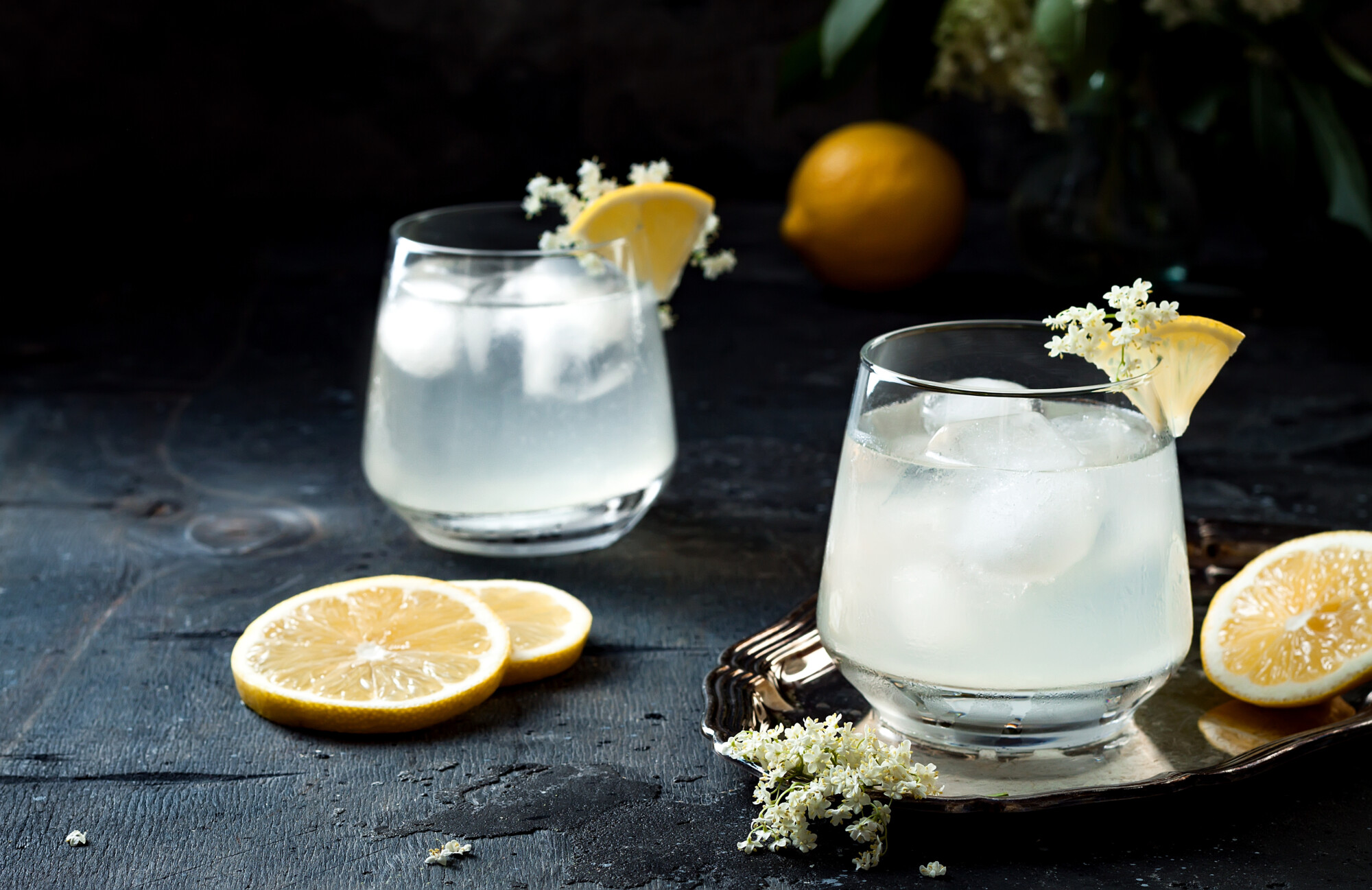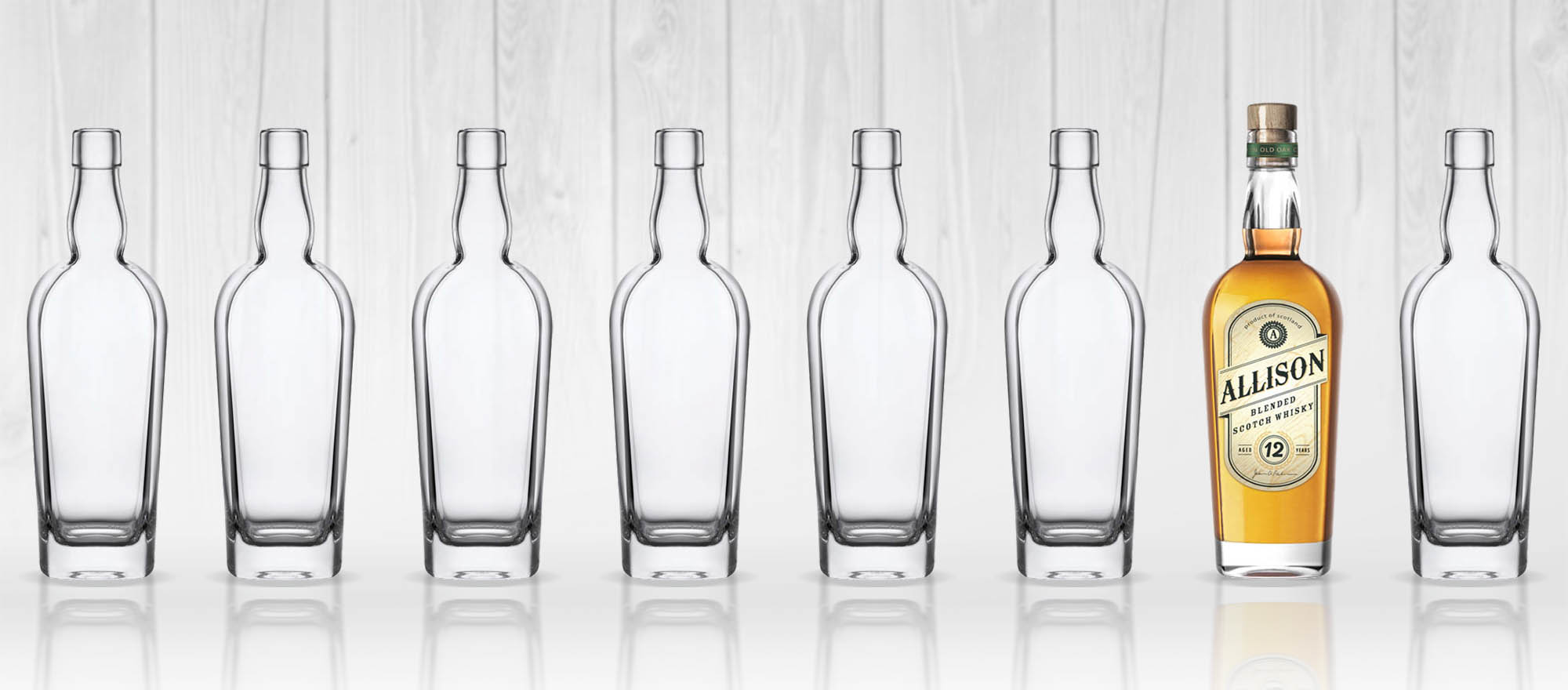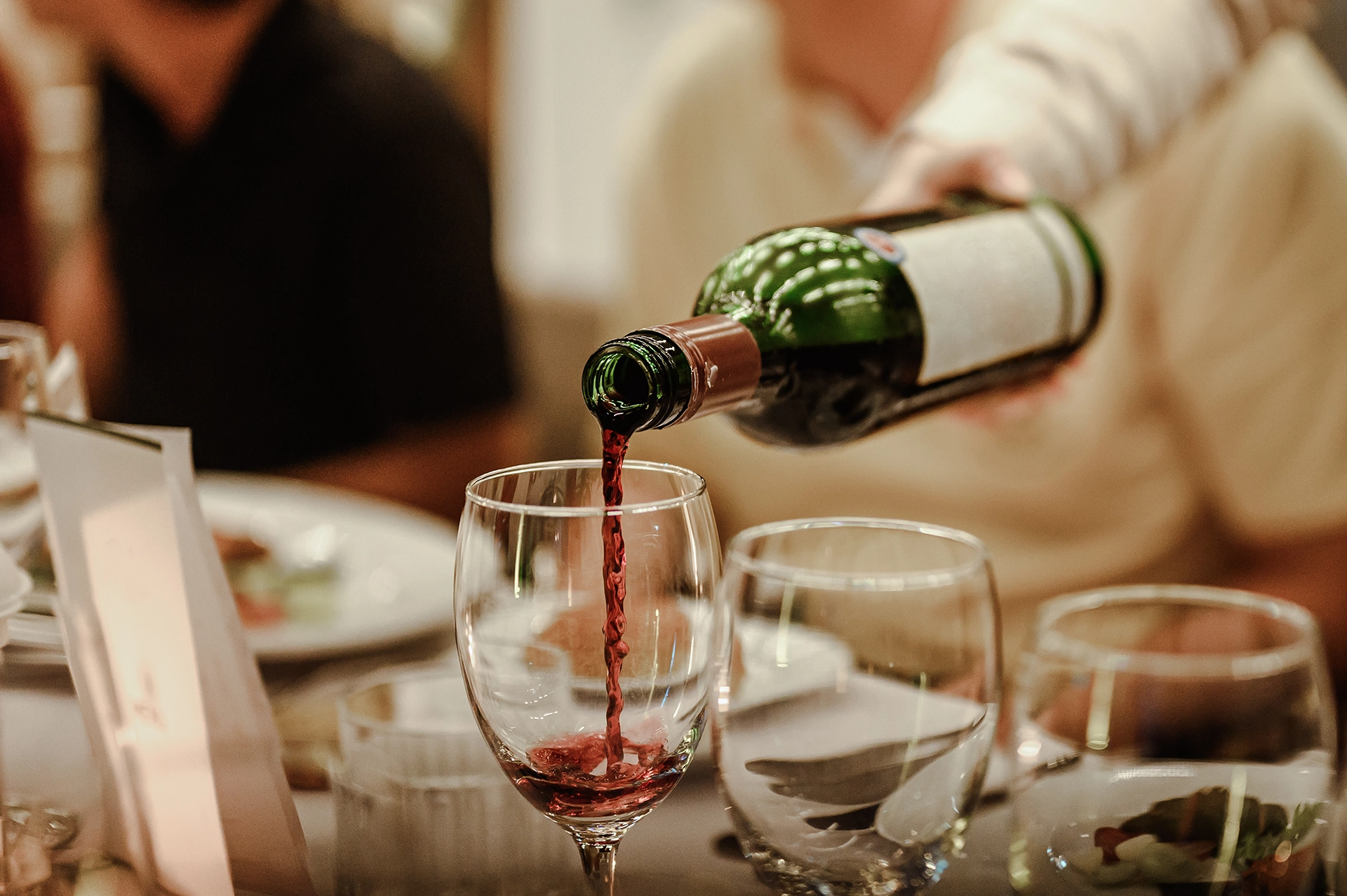
For a drink that truly embodies the season of spring, elderflower champagne is at the top of the list. This bubbly and lightly alcoholic beverage has been a favourite for generations due to its delicate yet refreshing taste. It doesn’t take much to brew your own elderflower champagne at home. So, to get you started, here is our guide to making elderflower champagne.
What You Need for Making Elderflower Champagne
- Around 7 to 8 clusters (1 pint) of elderflowers. Double this amount for small clusters.
- 2 tbsp of white wine vinegar or apple cider vinegar.
- 2 large lemons.
- 1 tsp of wine tanning.
- 2½ pounds of sugar or honey.
- 1 tsp of yeast nutrient.
- 1 sachet of champagne/wine yeast.
- 4 cups of boiling water.
- 12 cups of cold water.
Adding Your Ingredients
- Gather flowers from an elderflower tree. Make sure to avoid picking elderflowers from a tree near the road as these may be contaminated. Also, avoid any elderflowers near the ground just in case animals have marked their territory there.
- Gather all your ingredients together. Do not wash your elderflowers as they have natural yeast that aids in the fermentation process. Simply remove the flowers from the stalks and shake off any insects.
- Add the elderflowers into the container and cover them with sugar or honey.
- Remove the yellow rind from both lemons being careful to leave the pith. Add the rind to the mixture in the container. Juice the remaining lemons and add them to the container as well.
- With the mixture of elderflowers, lemon rind, lemon juice and sugar/honey in the container, pour in the boiling water. Stir until the mixture is completely dissolved.
- Add the cold water followed by wine tanning and stir. Follow it up with vinegar and continue to stir.
- Cover the container and leave it to cool down for a few hours until it reaches a temperature of around 20C.
- Once sufficiently cooled, add the yeast nutrient and champagne/wine yeast to the mixture. Stir gently.
- Cover the container and leave it in an area at room temperature for four days, making sure to stir the mixture once a day.
Making the Champagne
- After four days you should notice signs of fermentation, in particular a frothy liquid coating on top. If not, add ¼ sachet of yeast and let it sit for another two days, stirring occasionally.
- Pour the mixture into another container through a finely meshed sieve to strain out the flowers and rind. Remove the sieve and gently squeeze out any remaining juice.
- Use a funnel to transfer your brew into bottles. Make sure the bottles are designed for carbonation or they may explode due to pressure from the fermentation process. Use a screw or flip tops if possible as cork stopper tops are likely to pop out due to the pressure. Make sure there is a small amount of space between the brew and the rim of the bottle before securing the top.
- Leave your bottles at room temperature for a week, making sure to open them briefly once a day to relieve the pressure. Afterwards, move them to a refrigerator for another week while continuing to open them once a day.
- Enjoy your elderflower champagne, especially in the summer months.
The Bottle Jar Store
To start brewing elderflower champagne at home ask us today about our champagne bottle stopper and other accessories.









